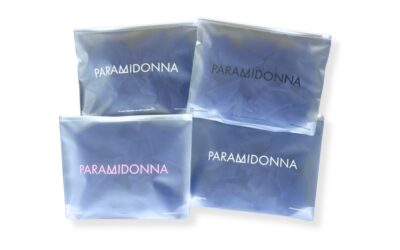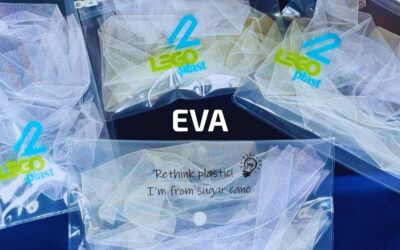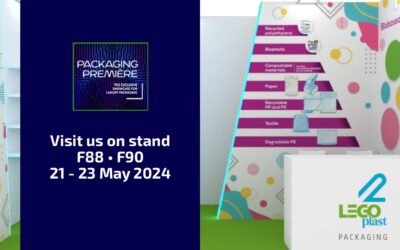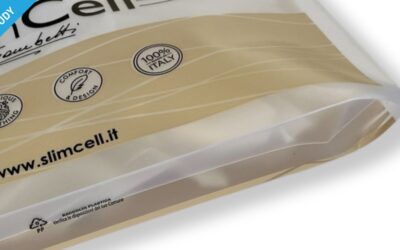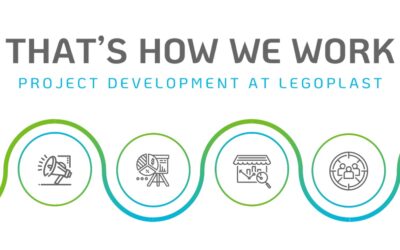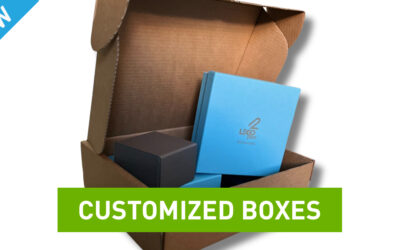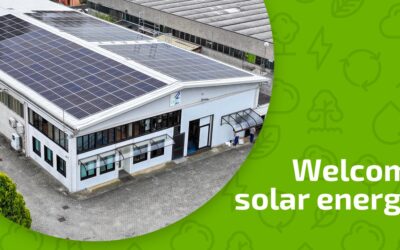Paramidonna is a Bulgarian beachwear brand, established in 2015. The creations draw inspiration from the teenage memories of the founder, Donika Ancheva. The brand's collection features feminine designs crafted from high-quality fabrics and accessories...
Here you will find updates and information on the packaging world. We write about various topics, from case studies illustrating the use of our products, to the latest news on environmental labeling regulations, and innovative ideas in packaging field. Thanks to our articles, we aim to explore the world of packaging and to provide useful information to everyone interested in our different solutions.
EVA - Recyclable, soft and versatile
EVA, a recyclable, soft, and versatile material, can be used for various sectors. Its properties make it ideal for numerous applications, proving to be an excellent choice in diverse contexts. Despite its softness...
Legoplast @Packaging Premiere&PCD Milano 2024
Packaging Premiere & PCD Milan 2024 is an important opportunity and occasion to discover our innovative and customized packaging solutions. It will be the perfect moment to meet our experienced team, who will be at your disposal to provide personalized advice...
Case study: Slim Cell
Duelegs BBF group has asked for an innovative packaging for Slim Cell product, and Legoplast design team has seized the opportunity to offer a tailored solution. The client was looking for a slider bag that could not only...
Your new packaging in 4 steps - That's how we work
STEP 01 • First request. You can call us or you can visit our website www.legoplast.com and fill in the information on our contact page. In both cases, we will answer your requests as soon as possible. STEP 02 • Project development. Remember that the details we will need...
Personalization and quality in Legoplast boxes
In addition to the traditional and newest sustainable plastic packaging solutions, Legoplast has now developed a new line of boxes for tailored packaging. We offer versatile high-quality solutions to satisfy the needs of a...
Welcome solar energy
Legoplast company policy has long been driven by the maximization of production stages’ efficiency and the reduction of energy consumption in our factory. These elements are essential in our business strategy aiming at...
A certification for compostable packaging
Our commitment to responsible management and sustainability has led us to an important achievement: the acquisition of TUV Austria certification for compostable materials. This certification is valid for both high and low thicknesses...
Case study - The evolution of Maa Boo's packaging
Since 2015 we have cooperated with Maa Boo, a Greek company born almost for fun thanks to the creative ability and initiative of two young women: Anna and Iloi. They have got in touch with us for launching their new beachwear collection. They were looking for a packaging solution...

